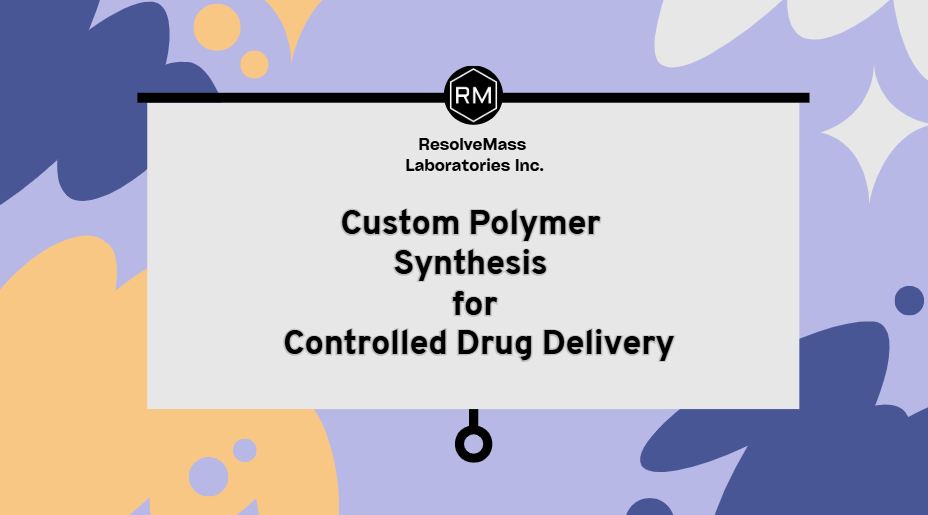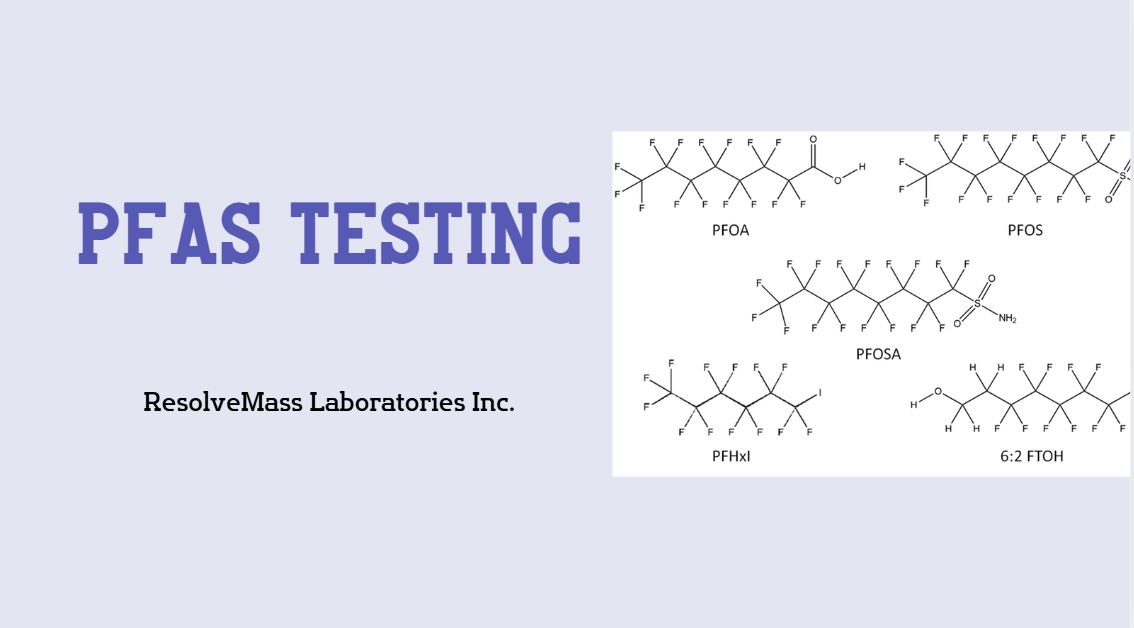Peptide sequencing is a cornerstone of proteomics and biotechnology, essential for understanding protein structure, function, and interactions. This guide provides a comprehensive overview of peptide sequencing, its methods, applications, and emerging trends.
What is Peptide Sequencing?
Peptide sequencing refers to determining the amino acid sequence in a peptide, a short chain of amino acids. It reveals the order and composition of amino acids, offering insights into the structure and function of proteins. This process is critical for identifying unknown peptides, validating synthetic peptides, and studying protein modifications.
Methods of Peptide Sequencing
Peptide sequencing can be achieved through two primary approaches:
1. Edman Degradation
- Overview: A classical chemical method that sequentially removes one amino acid at a time from the peptide’s N-terminus for identification.
- Advantages: High accuracy for short peptides; provides direct sequence information.
- Limitations: Inefficient for longer peptides or those with blocked N-termini.
2. Mass Spectrometry-Based Sequencing
- Overview: Modern sequencing uses mass spectrometry (MS) to analyze peptides based on their mass-to-charge ratio (m/z).
- Techniques:
- Tandem Mass Spectrometry (MS/MS): Involves fragmenting peptides and analyzing the resulting fragments to deduce the sequence.
- De Novo Sequencing: Determines sequences directly from MS data without database reliance.
- Database Searching: Matches MS data to known protein or peptide databases.
- Advantages: Suitable for complex samples and large-scale analysis; detects post-translational modifications (PTMs).
- Limitations: Requires advanced instrumentation and expertise.
Applications of Peptide Sequencing
Peptide sequencing has a wide range of applications in research, diagnostics, and industry:
1. Drug Development
- Identifying therapeutic peptides and validating synthetic peptide drugs.
2. Proteomics
- Elucidating protein functions, structures, and interactions in biological systems.
3. Antibody Sequencing
- Determining the amino acid sequence of monoclonal and polyclonal antibodies for therapeutic and diagnostic use.
4. Biomarker Discovery
- Identifying disease-specific peptides or proteins for diagnostic assays.
5. Post-Translational Modification Analysis
- Detecting modifications like phosphorylation, acetylation, or glycosylation that affect protein function.
Step-by-Step Peptide Sequencing Process
1. Sample Preparation
- Isolate the peptide or protein sample from the biological matrix.
- Use purification methods like HPLC or electrophoresis.
2. Peptide Digestion
- Digest proteins into smaller peptides using enzymes (e.g., trypsin) or chemical agents.
3. Data Acquisition
- Analyze the peptide fragments using Edman degradation or mass spectrometry.
4. Data Interpretation
- Use computational tools for sequence identification, de novo sequencing, or database matching.
Advantages of Peptide Sequencing
- High Sensitivity: Detects even low-abundance peptides.
- Versatility: Applicable to various biological and synthetic samples.
- Modification Detection: Identifies PTMs that are critical for protein function.
Challenges in Peptide Sequencing
- Complexity of Biological Samples: Requires effective separation and purification techniques.
- Blocked N-Termini: Limits the applicability of Edman degradation.
- Data Interpretation: Mass spectrometry data analysis can be computationally intensive.
Emerging Trends in Peptide Sequencing
- Single-Cell Proteomics: Sequencing peptides from single cells to study cellular heterogeneity.
- AI-Driven Analysis: Machine learning algorithms for faster and more accurate data interpretation.
- High-Throughput Sequencing: Advances in automation and instrumentation for large-scale studies.
FAQs on Peptide Sequencing
Q1: Can peptide sequencing detect modifications?
Yes, mass spectrometry-based methods can identify various PTMs such as phosphorylation, glycosylation, and methylation.
Q2: What are the limitations of Edman degradation?
Edman degradation is less effective for long peptides, peptides with modified N-termini, or those containing secondary structures.
Q3: How does peptide sequencing contribute to drug discovery?
It helps in identifying and validating peptide-based drugs, understanding protein-drug interactions, and developing therapeutic antibodies.
Why Choose ResolveMass Laboratories for Peptide Sequencing?
At ResolveMass Laboratories, we specialize in state-of-the-art peptide sequencing solutions tailored to your research needs. Our expertise includes:
- Advanced Mass Spectrometry: High-resolution MS for accurate and detailed peptide analysis.
- Custom Solutions: Tailored sequencing services to meet specific project requirements.
- Regulatory Compliance: Adherence to international quality standards for reliable results.
Contact Us for Expert Peptide Sequencing Services
For further information or to discuss your specific Peptide sequencing, ResolveMass Laboratories Inc. is here to help. We offer state-of-the-art solutions tailored to meet your research and regulatory needs.
Get in Touch
Let our team of experts guide you in achieving your research and development goals with precision and reliability.

